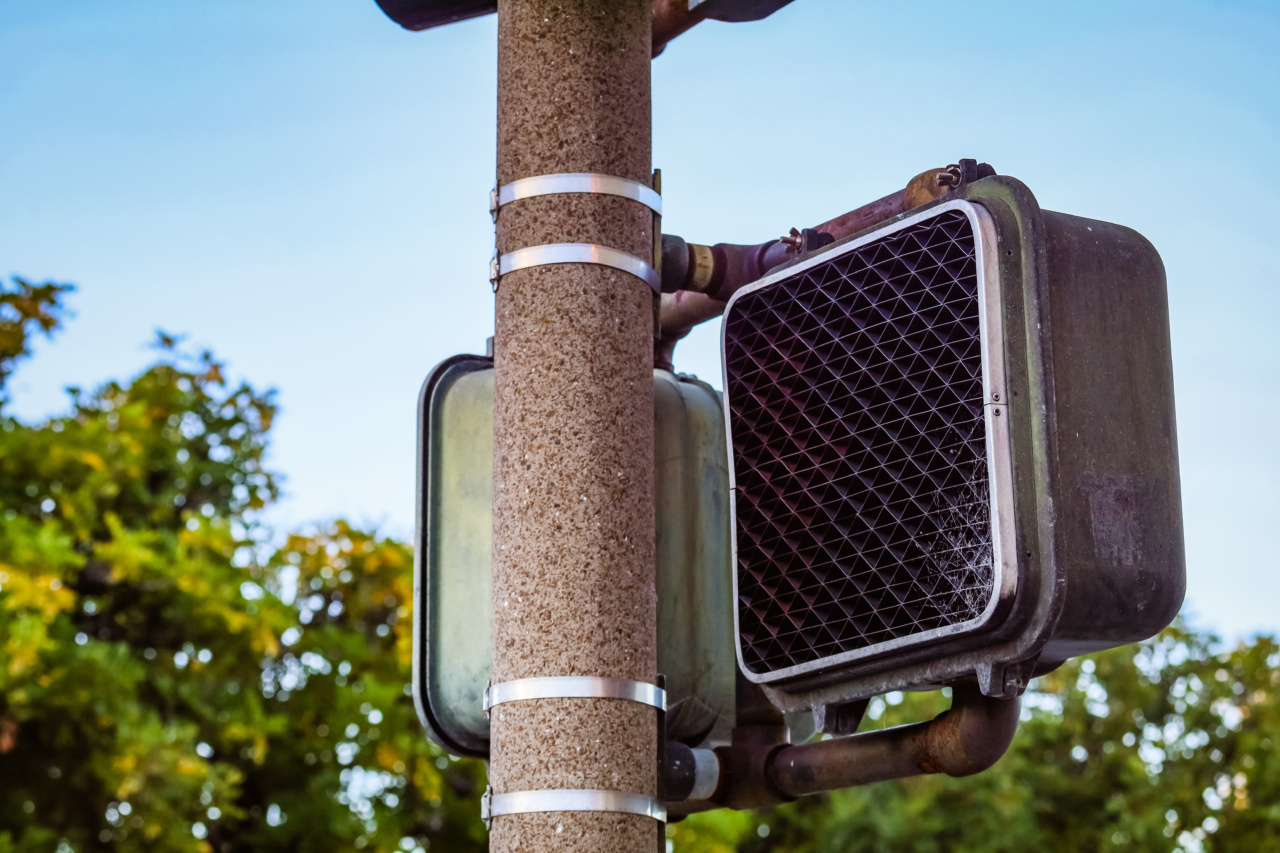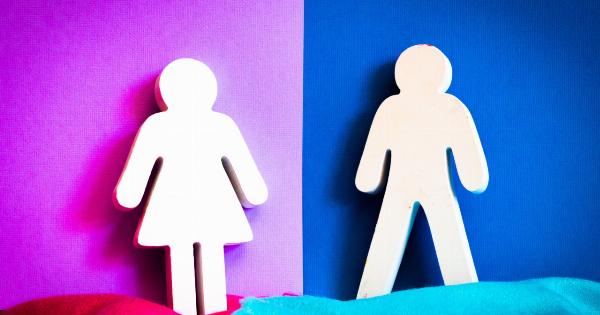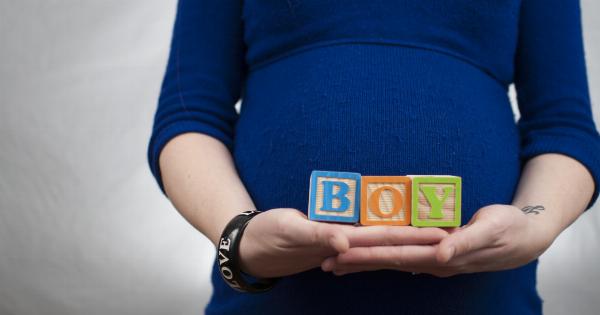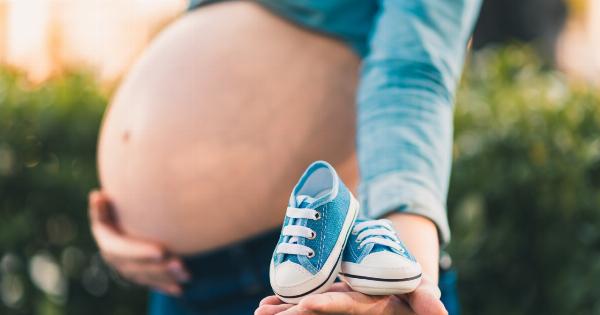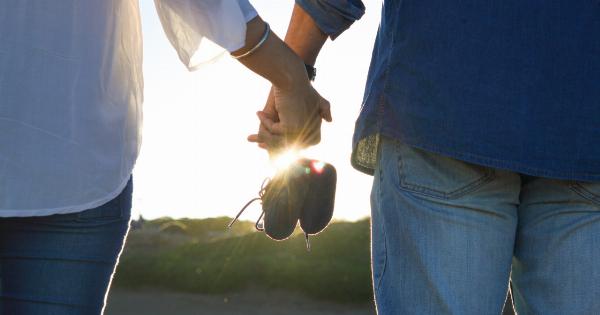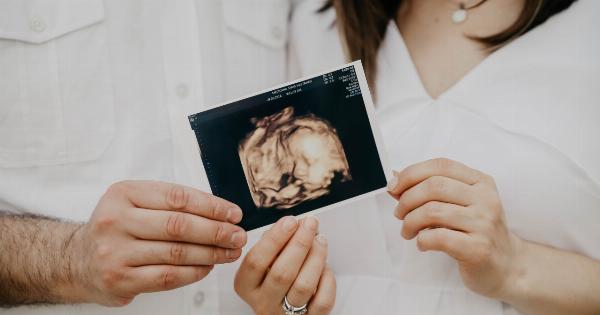For many expecting parents, the curiosity of their baby’s gender can be overwhelming.
While the only way to determine the sex of your baby with complete accuracy is through medical procedures like amniocentesis or ultrasound, there are some fun indicators that might give you a clue about whether you’re expecting a boy or a girl. These indicators are not scientifically proven, but they are often based on old wives’ tales, cultural beliefs, and anecdotal evidence.
So, if you’re up for some guessing game, here are seven indicators that might help you guess your baby’s gender:.
1. Belly Shape
According to popular belief, the shape of your baby bump can indicate the gender. They say that carrying low and having a wider belly suggests a baby boy, while carrying high and having a narrower belly indicates a baby girl.
However, it is important to note that every woman’s body is different, and the shape of the belly is influenced by various factors like muscle tone, posture, and the position of the baby.
2. Heart Rate
One of the most common indicators is the baby’s heart rate. It is often said that a baby boy has a slower heart rate (below 140 beats per minute), while a baby girl has a faster heart rate (above 140 beats per minute).
However, medical professionals state that there is no scientific evidence to support this claim, and the baby’s heart rate can vary throughout pregnancy due to various factors.
3. Food Cravings
Another popular belief is that your food cravings during pregnancy can indicate the gender of your baby. It is said that if you’re craving more sweets, you might be carrying a girl, while cravings for salty or savory foods indicate a boy.
However, these cravings are influenced by hormonal changes, nutritional needs, and personal preferences, making it an unreliable indicator of the baby’s gender.
4. Morning Sickness
Some people believe that the severity of morning sickness can be linked to the baby’s gender. It is said that women expecting girls experience more intense morning sickness compared to those carrying boys.
However, there is no scientific evidence to support this claim, and morning sickness can vary greatly from person to person.
5. Carrying Weight
According to folklore, the way you carry your pregnancy weight can be a clue about the gender. If you’re gaining more weight in the front, particularly around your belly, it might be a sign of a baby boy.
On the other hand, if your weight gain is distributed more evenly, including in your hips and thighs, it might indicate a baby girl. However, weight distribution during pregnancy is influenced by various factors like genetics, body type, and overall weight gain.
6. Skin Changes
Some people believe that certain skin changes during pregnancy can be indicators of the baby’s gender. It is said that if you’re experiencing more acne and breakouts, you might be carrying a girl.
On the other hand, if your skin is relatively clear and glowing, it might indicate a boy. However, skin changes during pregnancy are primarily due to hormonal fluctuations and can vary from person to person.
7. Intuition
Lastly, sometimes a mother’s intuition is believed to be the most accurate indicator of the baby’s gender.
Many women claim to have a strong gut feeling about whether they’re carrying a boy or a girl, and sometimes their intuition turns out to be correct. While it may not be based on any scientific evidence, trusting your intuition can be a fun and exciting way to guess your baby’s gender.
Remember, these indicators are not foolproof methods for determining your baby’s gender. The only way to know for sure is through medical procedures or waiting until birth.
It’s important to approach these indicators with a sense of fun and curiosity rather than relying on them as concrete evidence. Ultimately, the most important thing is the health and well-being of you and your baby, regardless of their gender.
